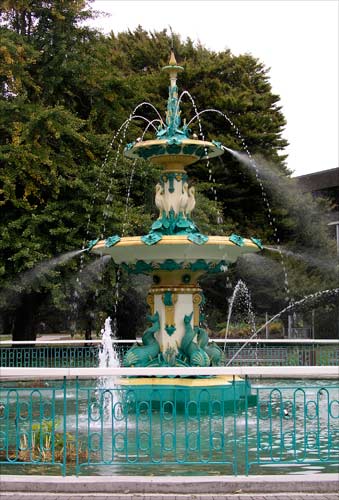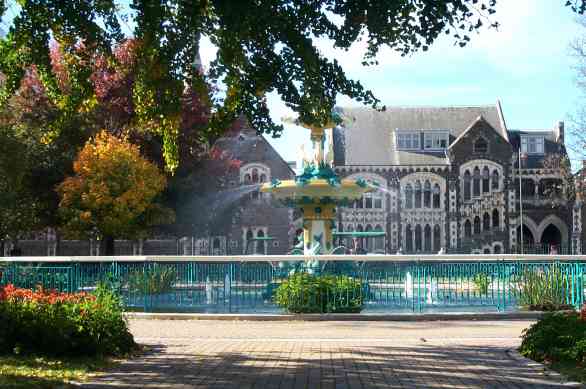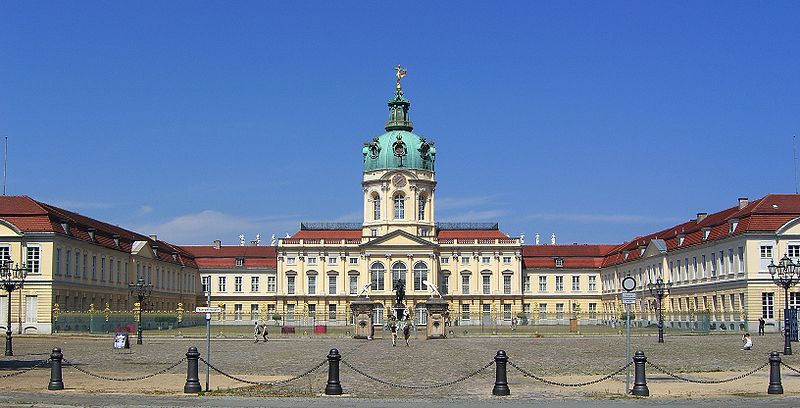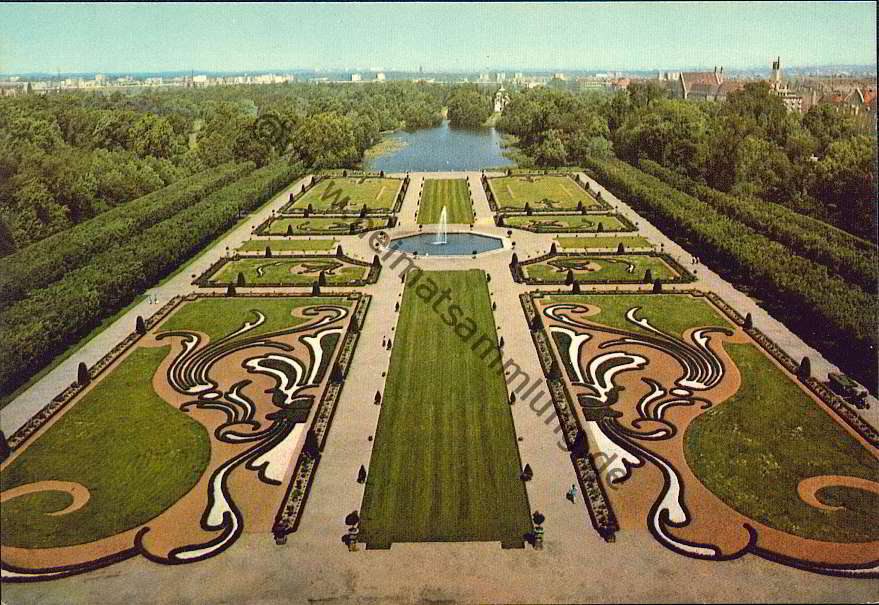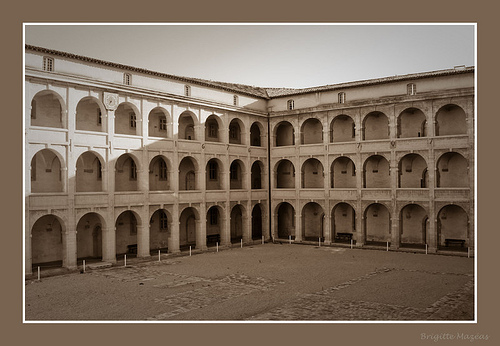Los Cabos encompasses several little towns; San José del Cabo (Main municipality), Cabo San
Lucas (Also known as “Cabo”), Cabo del Este (All the little villages on
the east side), among others.
Most-do
The Arch
At Cabo San Lucas there is a famous rock formation called “The
Arch”, this place is also well known as the land’s end, the last rocks
of the Baja Peninsula, the furthest you can go from the border to the
south in the Baja peninsula, 1200 miles away from San Diego and the
place where the Pacific Ocean meets the Sea of Cortes.
They provide some glass bottom boats to visit these
formations, a very comfortable trip on the water. During the trip you
will see the sea lion colony and the pelican rocks.
Marine & Coastal Fauna
For fishing, snorkeling or scuba diving lovers, it is known as the richest sea in the world, because of its
abundance of marine and coastal fauna, for nothing this destination is
know as “The marlin capital of the world”. Jacques Costeau made an
awesome discovery, a cascading fall of sand on a wall dropping 1,200
feet, definitely a most do for divers.
Go Off-Road
There is no excuse to stay in the road in Los Cabos, there are
several activities to do, ATV’s are the most common and popular here,
but for those looking for more adrenaline, you should try the Baja Bora
Tours or the WideOpen tours, can’t tell you more, you need to see it
yourself.
Nature
From January to March (The only season) you can enjoy a whale
watching tour at several boat options, visit the activities area for
cruises. Also between July and November there are turtle release
programs, a very satisfactory experience.
Dining
Los Cabos has a very high level
of cuisine, you can find international or the traditional Mexican
dishes, there were only 60 restaurants registered on the 2008 with the 5
diamonds award in the world, well Cabo has one of them.
For the people who wants for great fish or shrimp tacos visit “Tacos Rossy” in San
José del Cabo, “El Ahorcado” in San José also for great traditional
tacos (Not fish), be careful with the little creamy sauces, this little
dishes contain a spicy combination. In Cabo San Lucas, it got a
little spot around the corner before the “Squid Roe” turn to the right
and on the next block you will see a little place in the side with
several Mexican dishes for Tacos and fresh fruits water, you can find
fast food inside Puerto Paraiso mall in Cabo San Lucas, Mocambo is well
known by locals for seafood in CSL and Mercado del Mar in San José near
the Crown Plaza Hotel.
Shopping
If you are looking for souvenirs, in both SJC and
CSL there are shoppng areas and artisans in downtown, if you are looking
for fine jewerly, Inside the mall in CSL there are several stores
offering fire opalks, diamonds, gold, silver, platinum etc. There are a
few fine stores also in SJC downtown.
If you own a timeshare and whish to buy groceries, there are several convenience stores:
In San Jose del Cabo we recommend:
- MEGA
In Cabo San Lucas:
- Walmart
- Costco
- SAM'S Club
- City Club









 The
Black Forest, located in Baden-Wuerttemberg Germany, close to the
French border, is home of the original Cuckoo clock. The famous Cuckoo
clocks are all hand made
The
Black Forest, located in Baden-Wuerttemberg Germany, close to the
French border, is home of the original Cuckoo clock. The famous Cuckoo
clocks are all hand made























